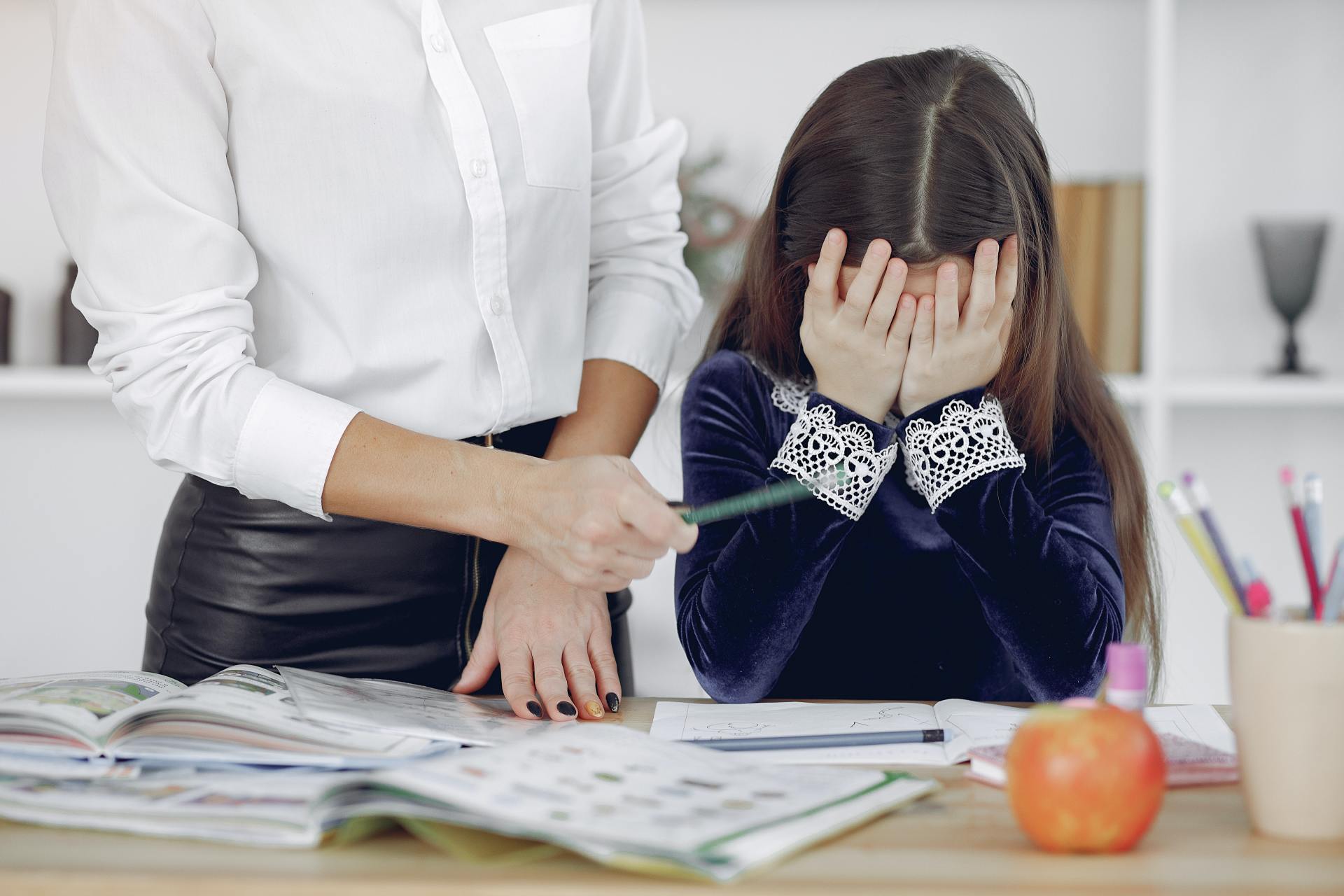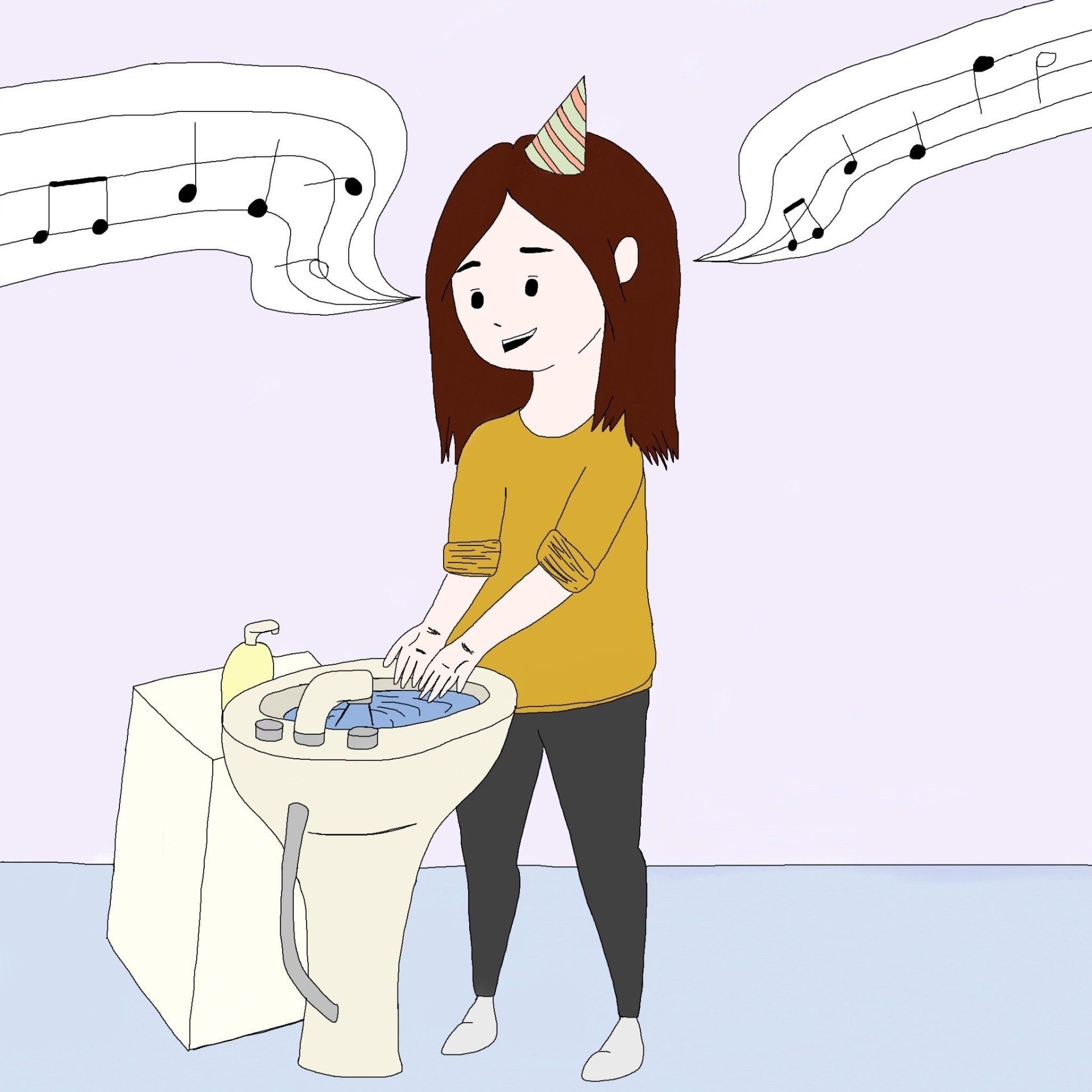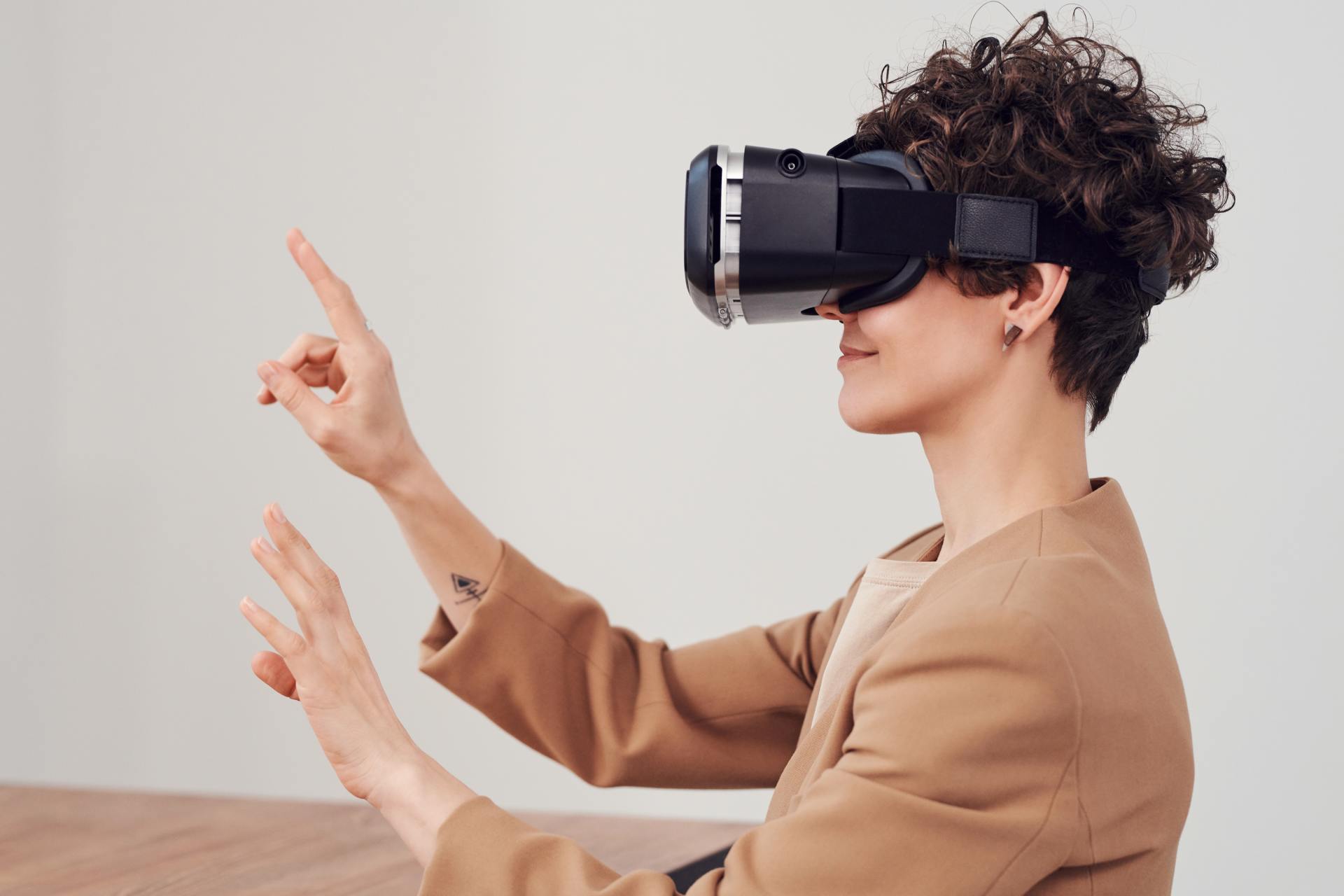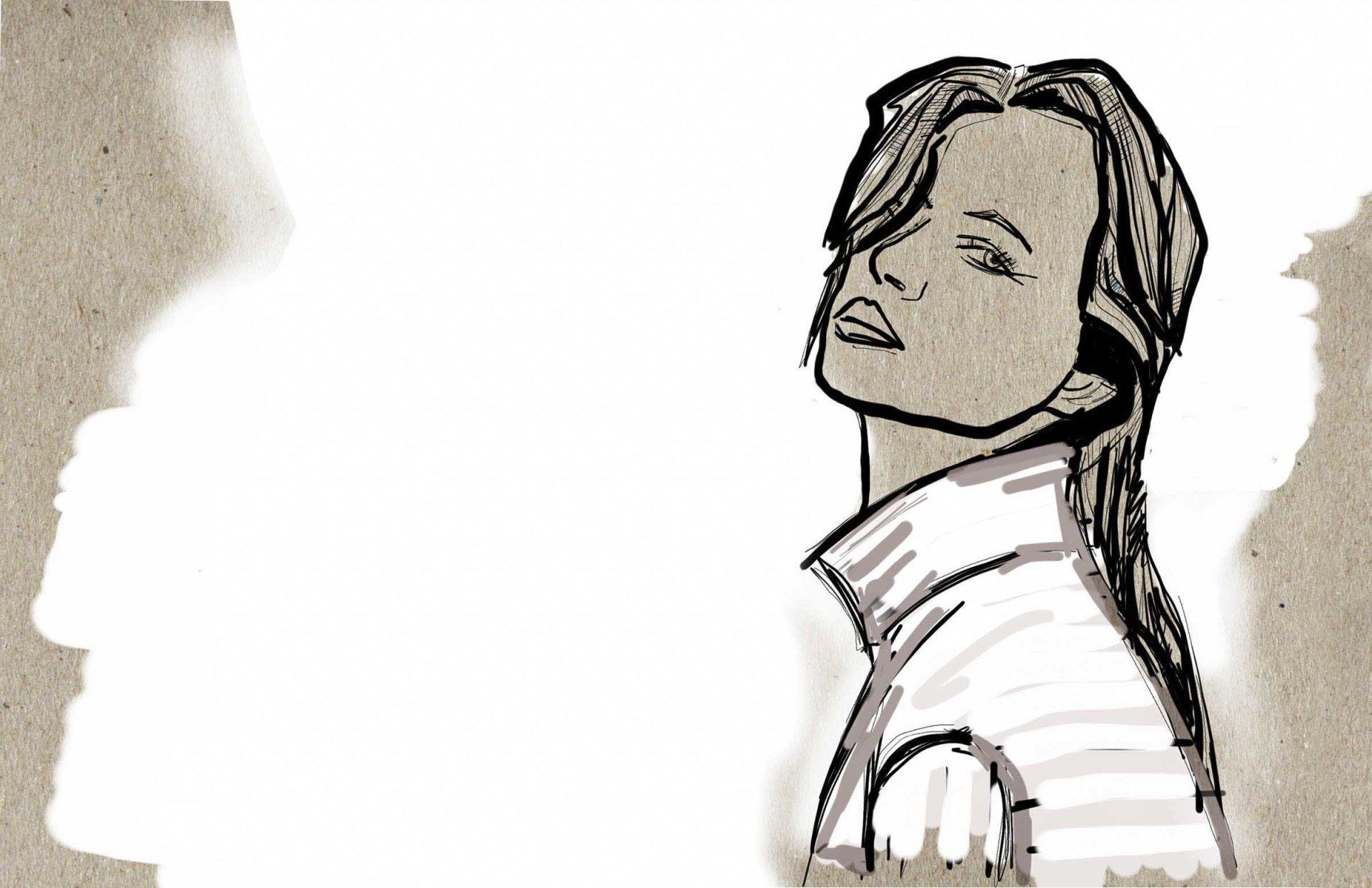Fancy Transitions Don't Make Better Presentations
Website Editor • February 26, 2020
Scriba is a revolutionary digital stylus that is ergonomically designed to comfortably fit your hand and uses unique squeeze-motion technology
Audience engagement is what really matters when giving a good presentation. We all know that visual content captures the attention of the audience every time. A picture paints a thousand words. This is why presentations are the preferred media when it comes to announcing new projects, plans, strategies, and achievements. Images have a powerful influence on the people viewing them, especially when they are accompanied by the right kind of information. For the maximum impact it is no longer enough to just make a presentation and expect to have a great engagement level from your audience. These days, people are very accustomed to the traditional PowerPoint presentations. If you want to really succeed you have to be prepared to take things to the next level.

To really think outside the presentation box, you may want to switch your tools as well. Leave the PowerPoint aside and try something new, like Scriba. When it comes to making a presentation interesting and engaging Scriba is one of the best tools to have around. It will help you underline the most important aspects of your presentation and produce artistic and interesting slides. It even creates new slides during your presentation if you find that the audience needs extra information to enhance their understanding of your points. By using Scriba you will be able to create presentations with multiple visual elements in an easy to comprehend, simple, and interesting manner that engages your audience and brings a whole new dimension to your presentations.
Articles

The United Nations has described the disruption to education caused by the pandemic as ‘unparalleled’. At the virus’ worldwide peak in April, it is estimated that over 90% of all enrolled learners, from kindergarten to bachelors and beyond, had their education affected by school closures and the pandemic (UNESCO). For many university students and older children, they have had to adapt quickly to online learning. They can keep in touch with their peers and teachers online and continue their studies, albeit in a highly modified way. As challenging as this may be, this experience will help equip them for a future that is increasingly online. For parents of younger children, they are assuming a new role: their child’s home school teacher. This is in addition to their usual childcare and household duties, their work responsibilities and often emotional and financial worries caused by the pandemic. Stressful? Yes. The good, and somewhat surprising, news? The experts advise that you don’t teach your children - at least not in the way you might expect.

If the recent outbreak of Covid-19 has taught us anything, it's that many adults do not wash their hands effectively. It has never been more important that we support our children to develop good personal hygiene to keep themselves and our families safe. This seemingly easy task can be very difficult for children with fine motor skill difficulties. In this article, we explore some ideas to support your child with hand washing.

Lockdown has brought the digital future into the now. Online shopping, entertainment, education and more have moved from the periphery to the mainstream to, in many cases, the only option. With the necessity of social distancing looking to continue for many months, it appears that this rapid digital revolution is here to stay. This means that life as we know it, in most of its sectors, has changed forever. In order to survive, businesses are having to adapt rapidly, embrace technology and look to the future. Architecture is no exception. There has been a widespread adoption of technology and VR over the past few months in response to the lockdown across all of society. Elderly grandparents who were once resistant to adopt new technologies talk of “Zooming” and have started video chatting with their family members to combat loneliness. Art galleries that were once considered stuffy or pretentious are now pioneers in VR technology, with Google Art & Culture offering tours of London’s National Gallery or the Musee D’Orsay in Paris. These virtual tours deliver art in a dynamic new way that can be far more engaging than regular photos. Critics have applauded the panoramic and immersive views of gallery building and exhibitions which work well for rendering of 2 dimensional art, however impressions of sculpture is somewhat lacklustre. With VR technology, users can enjoy a truly immersive experience in the comforts, and safety, of their own home. The COVID-19 pandemic has served as an accelerant for the arts and entertainment industries to embrace VR.





